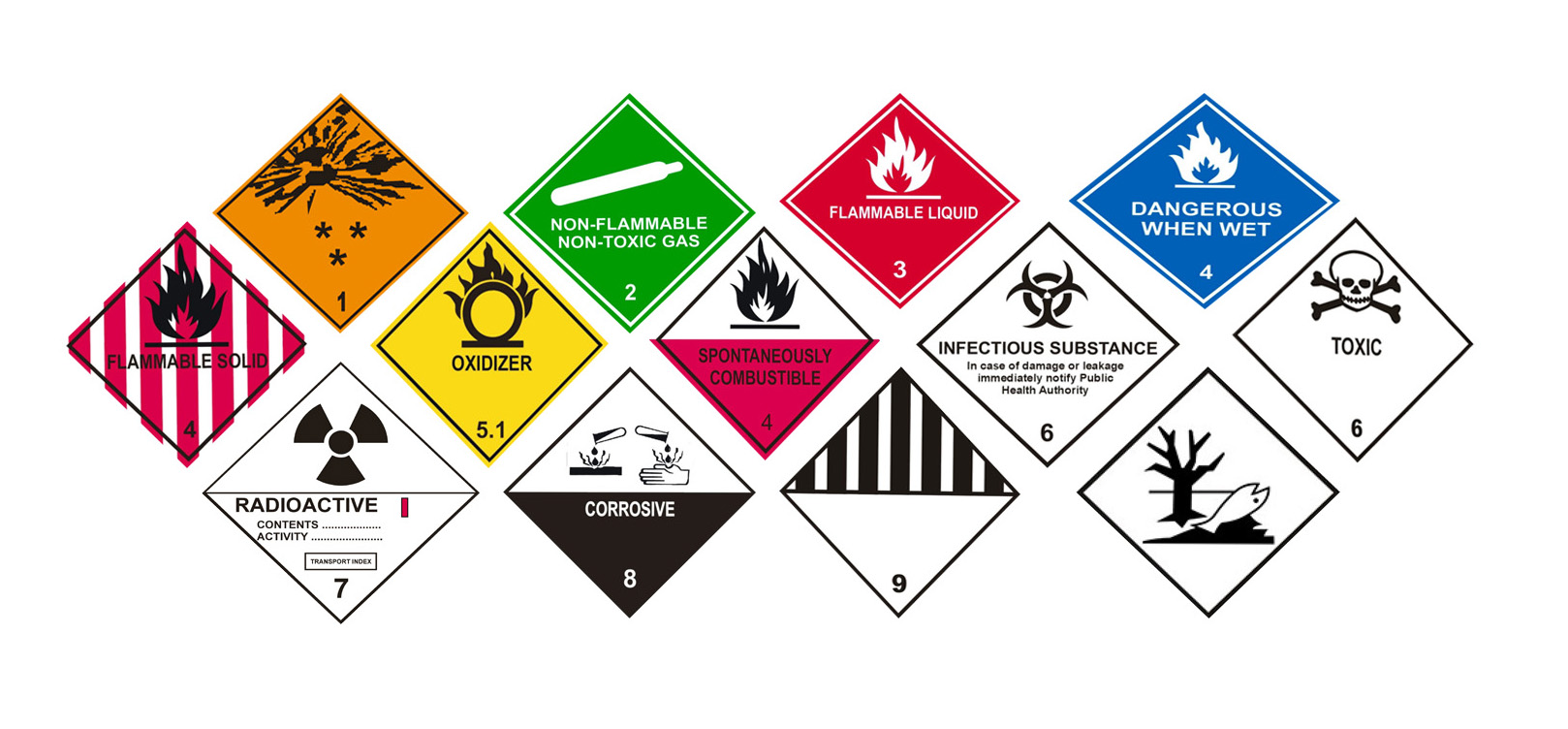Hazardous Materials

Hazardous Materials Shipping
Use of hazardous materials in an integral part of research at Reed College. At times, it is necessary to ship these materials to a colleague, another research facility, back to the manufacturer, or to a field site. Hazardous materials may include such items as
- laboratory chemicals
- radioactive materials
- compressed gases
- biological agents
- diagnostic specimens
- animal or human tissues, blood, serum, etc.
- equipment or instruments that contain hazardous materials
- lithium batteries
- dry ice
When these materials are offered for transport by UPS, FedEx, or another commercial carrier, this shipment is regulated by the U.S. Department of Transportation (DOT) or international agencies (IATA, ICAO).
To comply with shipping regulations, these materials must be properly classified, packaged, documented, and handled by trained employees. Failure to meet these regulatory requirements may result in citations, fines, and/or imprisonment. Fines can range from $250-250,000/violation.
To begin the process of shipping hazardous materials, contact EHS at ehs@reed.edu. EHS acts as the College’s certified shipper and will prepare all packages for hazardous materials transportation.
Training
Reed employees who may handle hazardous materials packages (mail services, chemical stockrooms, etc) must take hazardous materials general awareness training every 2 years. If your job requires that you handle these packages, EHS will arrange for training.
Fire Marshall Report
The Office of State Fire Marshal (OSFM) annually surveys business sites in Oregon, requiring them to provide demographic information, and report hazardous substances used, stored, manufactured, and/or disposed of at or above reportable quantities.
Information about hazardous materials is made available to emergency service personnel, emergency planners, health officials, and the general public. The information serves many purposes, including protecting the community, planning for emergencies & protecting first responders, and safeguarding environmental health.
More information can be found in the OFSM Hazardous Substance Information Survey Instruction Book.